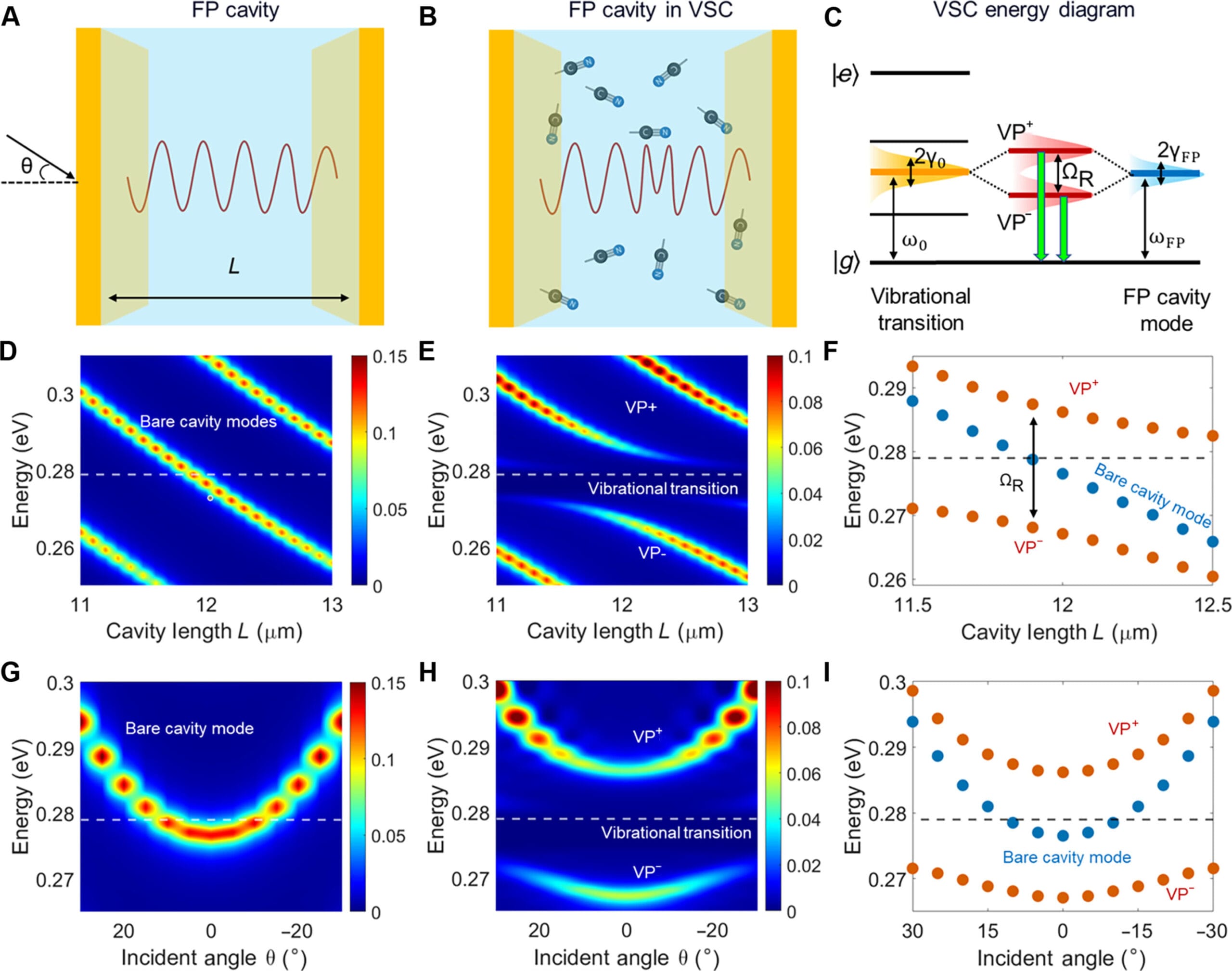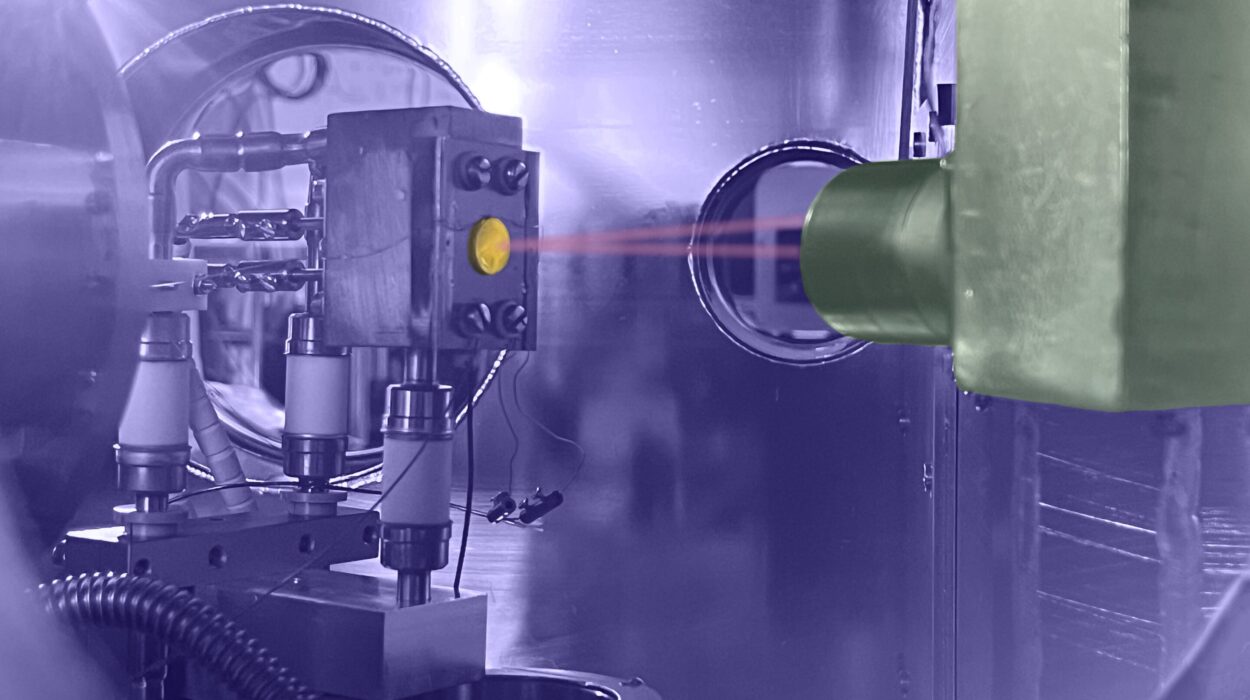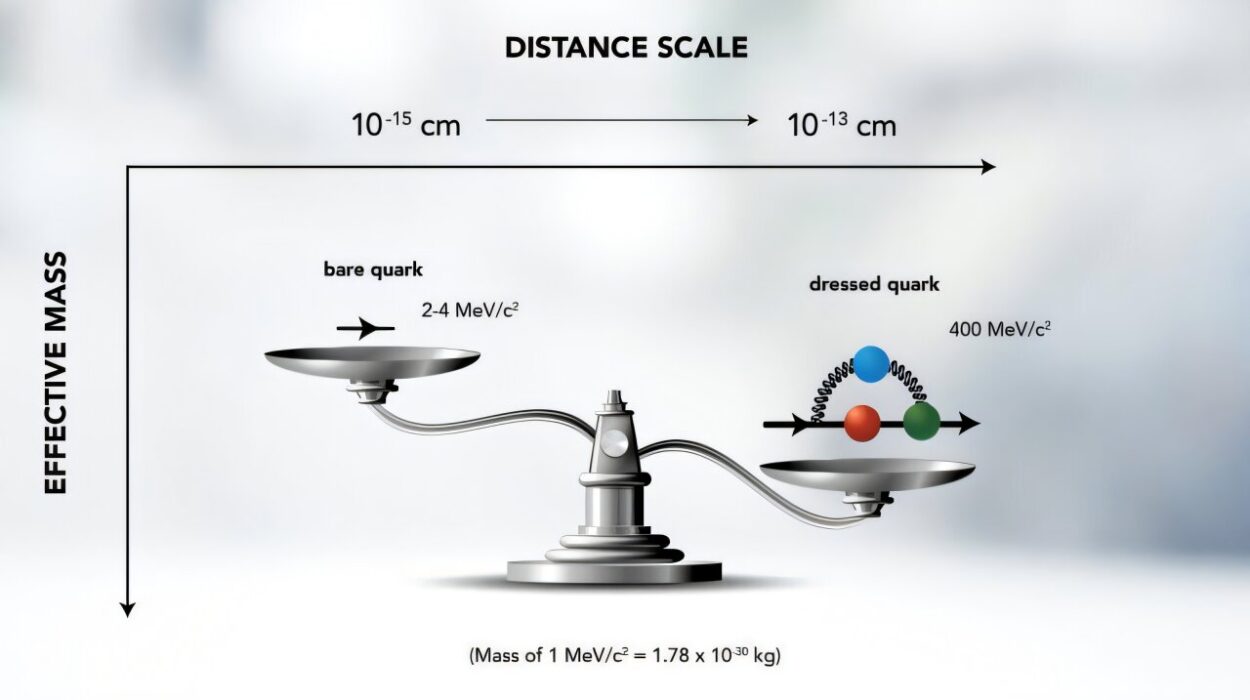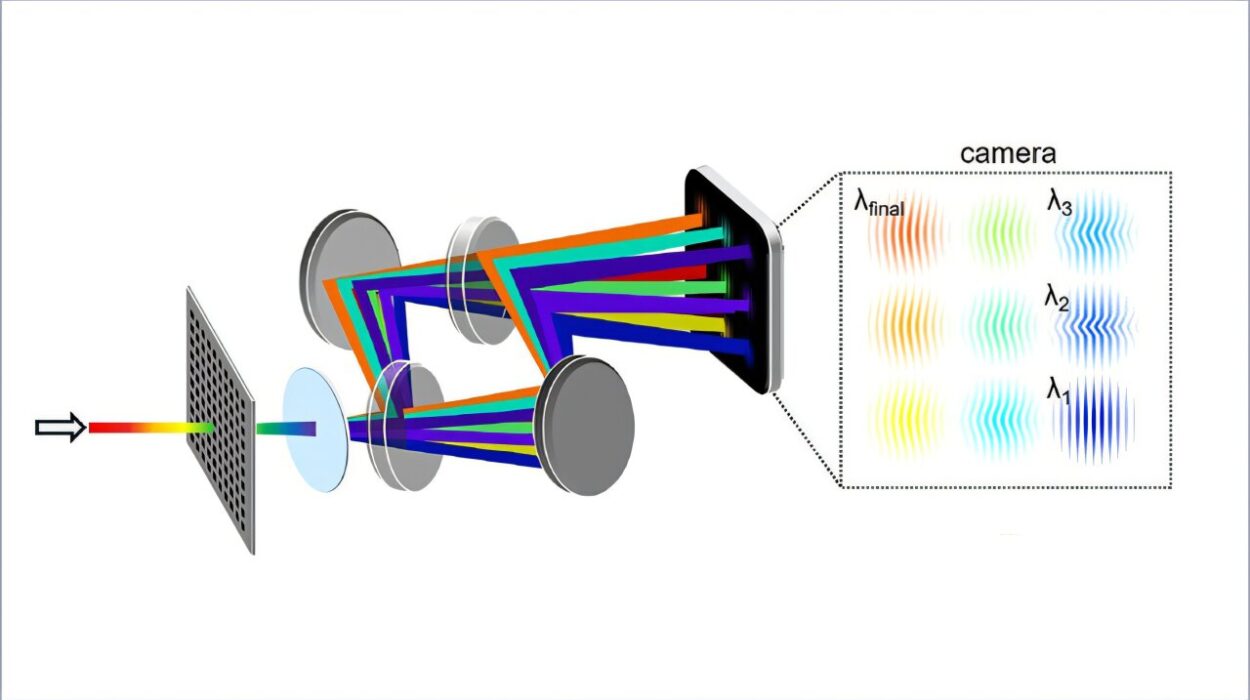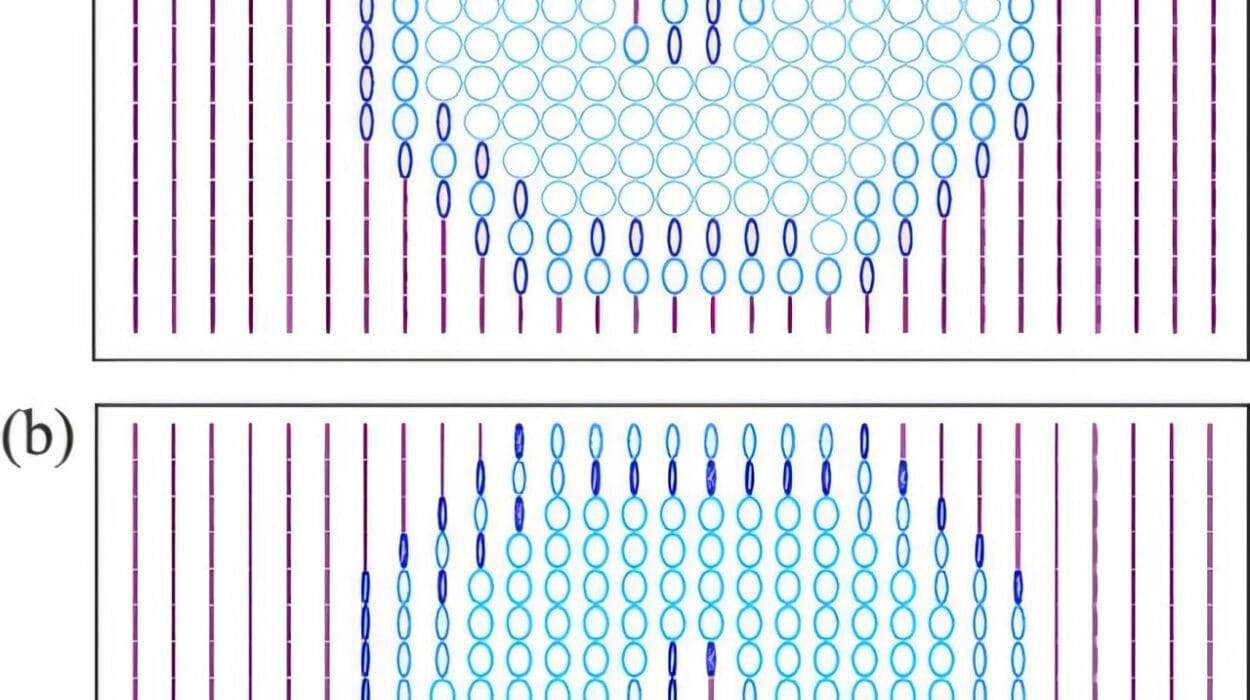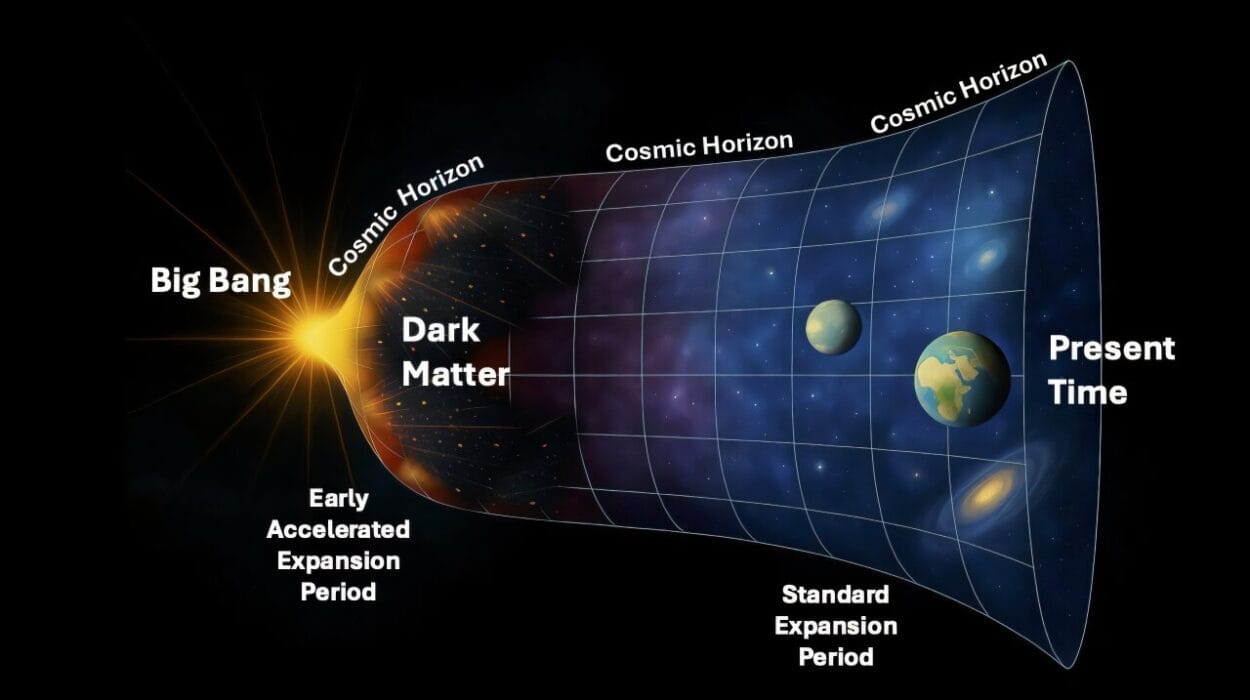Imagine trying to hear the faintest whisper in the middle of a roaring crowd. For decades, that has been the challenge facing scientists who try to detect the tiniest molecular vibrations inside our bodies. These subtle atomic movements act like fingerprints, revealing clues about health, disease, and even the environment around us. Yet the tools traditionally used—infrared and Raman spectroscopy—often struggle to pick up such delicate signals without interference.
Now, a team of engineers at Johns Hopkins University has taken a bold leap forward. By reimagining how light interacts with matter, they have unveiled a method that can detect molecular vibrations with remarkable clarity and precision. Their groundbreaking work, led by Professor Ishan Barman from the Department of Mechanical Engineering, was recently published in Science Advances—and it may change how we diagnose diseases, manufacture medicines, and monitor environmental health.
Turning Light Into a Partner, Not Just a Tool
The heart of this discovery lies in a radical shift of perspective. Rather than relying on conventional techniques to passively detect molecules, the researchers asked a daring question: What if light itself could be engineered to form a partnership with matter?
To achieve this, the team created a tiny chamber using highly reflective gold mirrors. This “optical cavity” traps light, bouncing it back and forth until it becomes deeply intertwined with the molecules inside. When this happens, the light waves and molecular vibrations merge into new hybrid states called vibro-polaritons—quantum states that amplify the otherwise faint molecular fingerprints.
What makes this achievement extraordinary is that the team managed to create and stabilize these delicate quantum states under real-world conditions. Traditionally, quantum phenomena are so fragile they can only be observed under extreme conditions like ultra-cold temperatures or high vacuum chambers. Here, however, the Johns Hopkins team achieved quantum-level sensing at room temperature, paving the way for practical, everyday use.
Why Molecular Vibrations Matter
Molecular vibrations might sound abstract, but they hold profound meaning for human health. Every molecule, from a drop of water to a strand of DNA, vibrates in a unique way. These vibrations create chemical signatures that can reveal whether a cell is healthy or diseased. Detecting them early could mean identifying diseases such as cancer, metabolic disorders, or infections before they manifest with symptoms.
Professor Barman, who also holds appointments in the Sidney Kimmel Comprehensive Cancer Center and the Department of Radiology at Johns Hopkins Medicine, explained the significance:
“We were trying to overcome a long-standing challenge in molecular sensing: how do you make optical detection of molecules more sensitive, more robust, and more adaptable to real-world conditions? Rather than incrementally improving old methods, we asked: what if we could fundamentally re-engineer the interaction between light and matter?”
The answer is this new class of quantum-enabled sensors that, rather than being limited by noise or weak signals, actually amplify the whispers of molecules into clear, reliable signatures.
From the Lab to the Clinic
The potential applications are as vast as they are exciting. In medicine, this technique could enable the detection of biomarkers—molecular signals of disease—found in something as simple as a drop of blood, saliva, or urine. Early, non-invasive detection could become the norm, allowing doctors to diagnose conditions long before they escalate into life-threatening illnesses.
In pharmaceutical manufacturing, the same technology could provide real-time monitoring of complex chemical reactions, ensuring medicines are produced with consistency, safety, and efficiency. No more waiting days or weeks for lab results—companies could monitor quality as drugs are being made.
Environmental science could also be transformed. Trace pollutants or hazardous chemicals in water, air, or soil might be detected at concentrations previously invisible to traditional tools, providing earlier warnings and helping protect ecosystems and human health.
A Milestone in Ambient Quantum Technology
Lead author Peng Zheng, an associate research scientist in mechanical engineering at Johns Hopkins, described the significance of the breakthrough:
“Rather than passively detecting molecules, we can now engineer the quantum environment around them to selectively enhance their optical fingerprints by utilizing vibro-polaritonic states.”
This marks a milestone in ambient-condition quantum technologies—a young but rapidly growing field. Unlike other quantum systems that demand massive, expensive infrastructure, this approach shows how quantum principles can be harnessed without extreme environments. It opens the door to devices that could eventually be portable, accessible, and even integrated into everyday medical and environmental monitoring tools.
The Road Ahead: Compact, Portable Quantum Sensors
Barman envisions a future where these discoveries don’t remain confined to research labs. Instead, he imagines compact, microchip-scale devices that could revolutionize health care. Picture a handheld diagnostic tool powered by artificial intelligence, able to analyze a drop of fluid instantly and detect early signs of disease. Imagine emergency responders carrying portable sensors capable of identifying toxic compounds on the spot.
“The future of quantum sensing isn’t stuck in the lab,” Barman emphasized. “It’s poised to make a real-world impact across medicine, biomanufacturing, and beyond.”
Redefining How We See the Invisible
What makes this story remarkable is not just the scientific achievement, but the boldness of its vision. For centuries, science has sought to measure the invisible forces and structures that shape life. The Johns Hopkins team’s work represents more than a technical advance—it’s a philosophical shift. Instead of struggling to observe faint signals through noise, they have learned how to reshape the very stage on which light and matter interact.
This is not just hearing whispers in a crowd. It is transforming the crowd itself into a choir that sings the molecules’ stories loud and clear.
A Quantum Future Within Reach
Einstein once showed us that light and matter are deeply connected, bound by the strange rules of relativity and quantum physics. Now, more than a century later, researchers are extending that insight into technologies that could change lives. By listening to the subtle music of molecular vibrations, scientists may soon help doctors detect disease earlier, manufacturers build safer medicines, and communities protect their environments.
What once seemed like science fiction—a world where quantum technology quietly improves daily life—is now inching closer to reality. And at the center of this leap forward are engineers who dared to ask a radical question: What if light and molecules could dance together in new ways?
The answer, as it turns out, may redefine the future of medicine and beyond.
More information: Peng Zheng et al, Quantum vibropolaritonic sensing, Science Advances (2025). DOI: 10.1126/sciadv.ady7670
